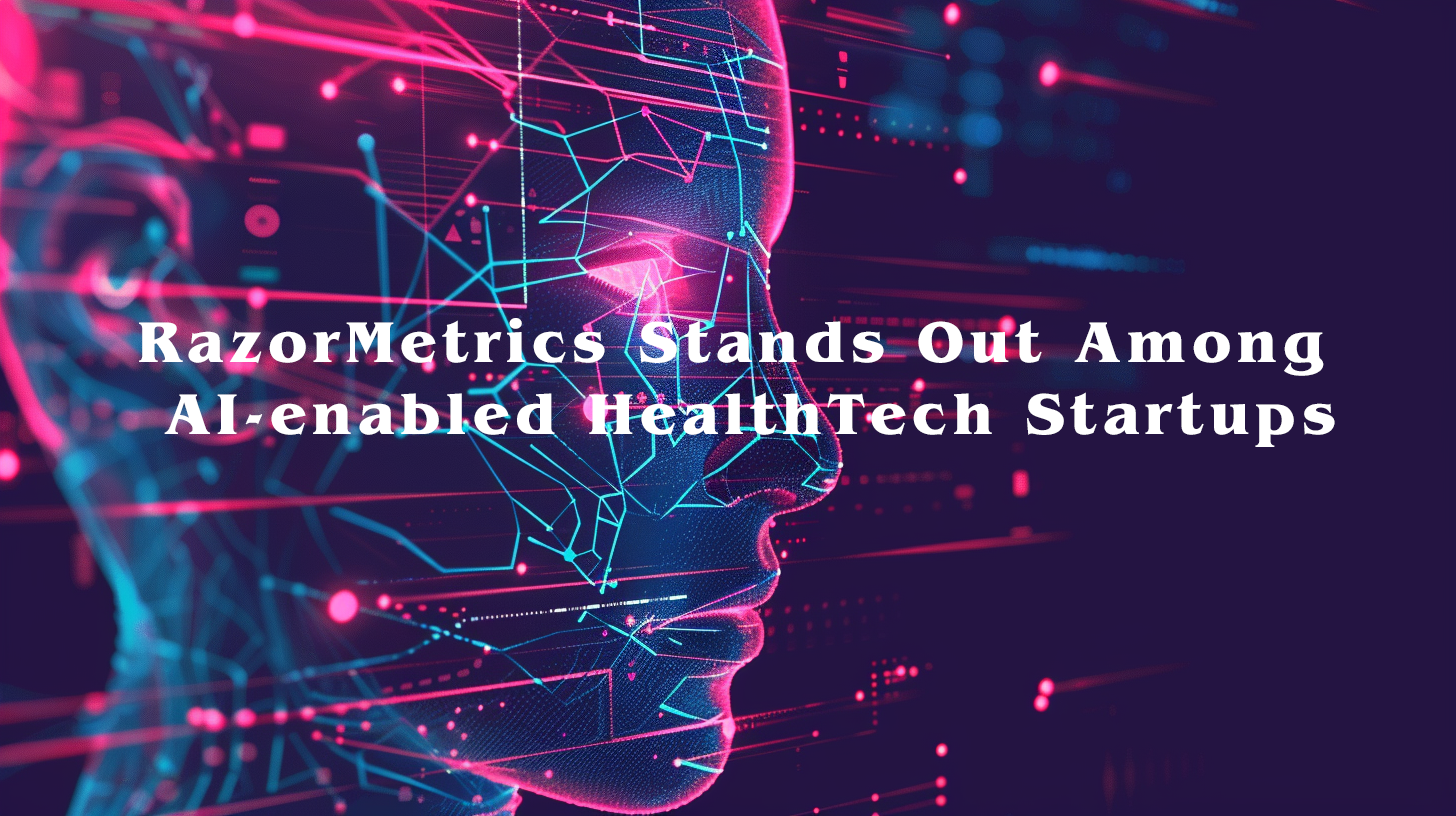 Continuing our new blog series, “The Unsung Heroes of COVID, Interviews with HR Professionals” Tom Dorsett, RazorMetrics CEO spoke with Dee Marrs, President of AustinPeopleWorks. AustinPeopleWorks is a modern solution for the gig economy that aligns people’s operations with a business’s vision and objectives.
Continuing our new blog series, “The Unsung Heroes of COVID, Interviews with HR Professionals” Tom Dorsett, RazorMetrics CEO spoke with Dee Marrs, President of AustinPeopleWorks. AustinPeopleWorks is a modern solution for the gig economy that aligns people’s operations with a business’s vision and objectives.
Dee has spent the last 25+ years in the human resource management space supporting companies, their leaders and employees with HR guidance and oversight. She works nationally across a variety of industries including healthcare, manufacturing, retail and hospitality, high-tech and in both the public and private sectors. She is a subject matter expert in the areas of HR compliance and best practices, HR infrastructure, and policy and procedure development, benefits, leadership development, and employee relations and employee development.
Tom: What are your top 3 challenges helping companies manage the COVID crisis and return to work?
Dee: This is obviously uncharted waters for all leadership teams. It’s different than other disruptions our profession has faced—natural disaster or sudden loss of key customer(s)—the level and length of the uncertainty is unprecedented. To navigate the challenge businesses will undoubtedly create new ways of conducting business, whether that is through teaming up with competitors, re-engineering services with different supply chain strategies, and / or going back to basics.
The first challenge is culture. Following the adage “culture eats strategy for lunch,” HR and Leadership must ensure that as organizations refit themselves and adapt, the right culture is supported and ferociously protected. This means reinforcing ‘respect in the workplace’ and focusing on health and wellbeing, and keeping remote employees engaged, excited, and feeling valued. It takes so much more than just a weekly check-in call.
The second challenge is building and maintaining trust; this is more critical than ever before. As businesses slowly re-open, employees need to know that their safety is a top priority. This means that new health practices and protocols must be rigorously followed, top down. In addition, during this time of layoffs, furloughs, terminations, and business closures, HR and Leadership must ensure the employee experience is as positive as possible. Delivering devastating news takes a toll on HR and Leaders. Regrouping to support the organization moving forward requires strong self-awareness, empathy and clear communications so that employees can trust their managers, HR and Leadership. When there is trust, transparency, and inclusion, even bad news can be accepted and digested within organizations.
Finally, companies must stay on top of the rapidly changing compliance requirements. The complexity of them all has just upped the game for HR leaders. Employees are fearful and concerned, but when HR and Leadership know and understand the changes, they can better provide leadership insight and support.
Tom: How are you helping companies manage these challenges?
Dee: In several ways. We advise companies to make sure employees feel valued and appreciated. This can happen in a variety of ways:
- Actively listen to their ideas and give them credit where appropriate.
- Consistent communication, with clear definitions of job responsibilities and expectations.
- Proactively be aware of employee time restraints and challenges they may be juggling with new and sometimes unrealistic demands on them coming from forces outside of work and help provide alternative and creative solutions to needs and challenges they may be facing.
- Promote fairness and transparency by explaining the thought process behind various decisions, which can help employees feel included and respected.
Tom: Do you have any advice for other HR professionals who are facing the same challenges?
Dee: First of all, HR has to work within an environment that seems to be changing daily. Wear masks. Don’t wear masks. Open up for business. Don’t open, or scale it back. The company’s operational and sales leadership are being challenged to operate in an environment totally foreign to them. There is no place to go find information on how to do this. HR has to partner with business leadership on those issues while handling the everyday HR functions. If the company is large enough to have staff dedicated to pandemic issues, then they might pick up compliance responsibilities. If not, and if no one else steps forward, HR might take this on. So, it is important to figure out where you can get the right information, and then help with the plan to adapt it to your business model.
In this Covid 19 environment we have adopted a multi-part approach.
- Don’t take your eye off the ball. From a business perspective, adapting to Covid will drive up costs and decrease margins. Management must be supported despite what is going on, since quality and service cannot suffer. However, the company must remain profitable, so controlling costs is still important. The best way to strike the right balance is by keeping a strong focus on Key Performance Indicators (KPIs) with an even a bigger focus than usual on the various ways companies share results and communicate with employees.
- Ensure that the new operational rules that govern how you operate with Covid are communicated clearly to employees. It is important that HR is aligned with management on what policies they want and how they will be enforced. New rules must be written and communicated, and no rule should be put in place unless it can be and will be enforced. It is important to stress to employees that it is not only for their good but for the good of their fellow employees. It is also important for Leaders to set the example. If masks are the rules, it is important that Leaders check themselves for compliance. Some of this might sound trivial but a strong approach to all the above helps to keep people focused on their jobs as opposed to things beyond their control.
- Empathy. This is probably the most important point. Employees’ families are affected. With school closures, childcare is and will be an issue. Leadership has to decide what their official stance will be and relay it to HR. Will it be business as usual where each employee is responsible, or will the company lend a hand? Coaching for managers may be needed on how to handle these issues.
- Communicate often and when possible, in person. Leaders and HR need to be more visible than ever. Covid updates from official sources should be relayed by Leadership and HR in a timely fashion. It will be important to remember to be empathetic to issues that employees are experiencing, and it will be important to routinely reference KPIs or the business practices that made the business what it is.
- Help the sales guys! Many of these people are isolated from offices and the contacts they once made in person to customers are now handled virtually. Sales will need help with the messaging they need to be giving to their customers. Make sure they have the tools they need and the know-how to tell the customers what is going on with their business and how it is going to continue to meet their expectations.
If you know an HR executive that would be a good candidate for our blog, please let us know.




